
Collision Plate Margin Hazards
Understanding Collision Plate Margins
Collision plate margins are critical zones where tectonic plates interact, leading to various geological phenomena. These margins can produce significant hazards, including earthquakes and volcanic activity, which can have profound impacts on the surrounding environment and human populations. This article explores the mechanisms behind these hazards and their implications.
Types of Collision Plate Margins
There are primarily three types of collision plate margins: continental-continental, continental-oceanic, and oceanic-oceanic. Each type has distinct characteristics and hazards associated with it.
Continental-Continental Collision
When two continental plates collide, neither plate is subducted due to their similar densities. Instead, the land between them is forced upwards, resulting in the formation of fold mountains. Examples of such mountain ranges include the Himalayas and the Alps. The hazards associated with this type of collision include:
- Earthquakes: The immense pressure generated by the collision can lead to significant seismic activity.
- Land Instability: The uplifted terrain can become unstable, leading to landslides.
Continental-Oceanic Collision
In a continental-oceanic collision, the denser oceanic plate is forced beneath the lighter continental plate in a process known as subduction. This creates deep ocean trenches at the point of collision. The hazards include:
- Volcanic Activity: As the oceanic plate subducts, it melts and generates magma, which can lead to volcanic eruptions.
- Earthquakes: The friction between the plates can cause powerful earthquakes, often associated with tsunamis.
Oceanic-Oceanic Collision
When two oceanic plates collide, the older, denser plate is subducted beneath the younger plate. This also leads to the formation of deep ocean trenches and can result in:
- Volcanic Islands: The melting of the subducted plate can create magma that rises to the surface, forming volcanic islands.
- Seismic Activity: Similar to continental-oceanic collisions, these interactions can generate significant earthquakes.
Impacts of Collision Plate Margins
The hazards associated with collision plate margins can have wide-ranging impacts on communities and ecosystems. Earthquakes can cause structural damage, loss of life, and displacement of populations. Volcanic eruptions can lead to ashfall, pyroclastic flows, and lava flows, which can devastate local environments and economies.
Preparedness and Mitigation
Understanding the risks associated with collision plate margins is essential for effective disaster preparedness and mitigation. Communities in high-risk areas should consider the following strategies:
- Risk Assessment: Identify areas prone to seismic and volcanic activity.
- Building Codes: Implement strict building codes to ensure structures can withstand earthquakes.
- Emergency Plans: Develop and regularly update emergency response plans for natural disasters.
- Public Education: Inform residents about the risks and safety measures related to earthquakes and volcanic eruptions.
Conclusion
Collision plate margins present significant geological hazards that require careful consideration and planning. By understanding the mechanisms behind these interactions and their potential impacts, communities can better prepare for the challenges posed by earthquakes and volcanic activity.


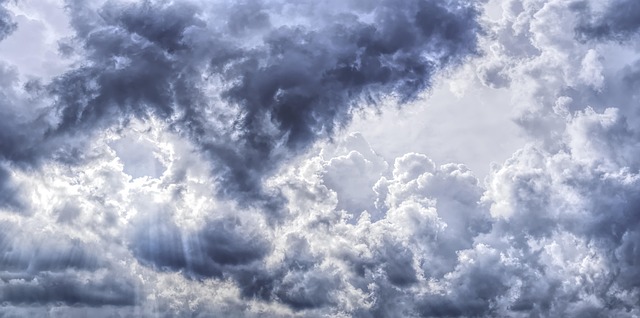








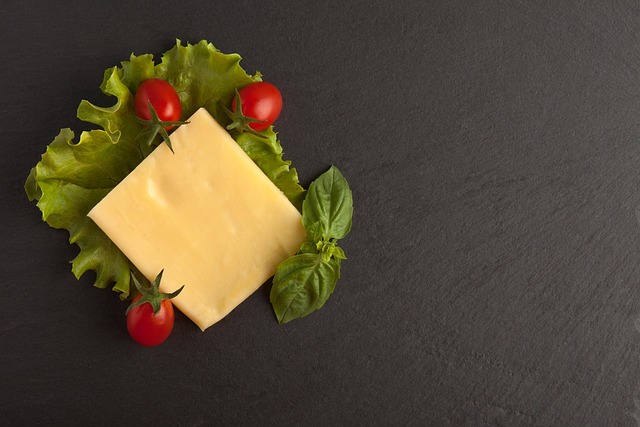





 Silicone Scar Sheets
Silicone Scar Sheets 
 Health
Health  Fitness
Fitness  Lifestyle
Lifestyle 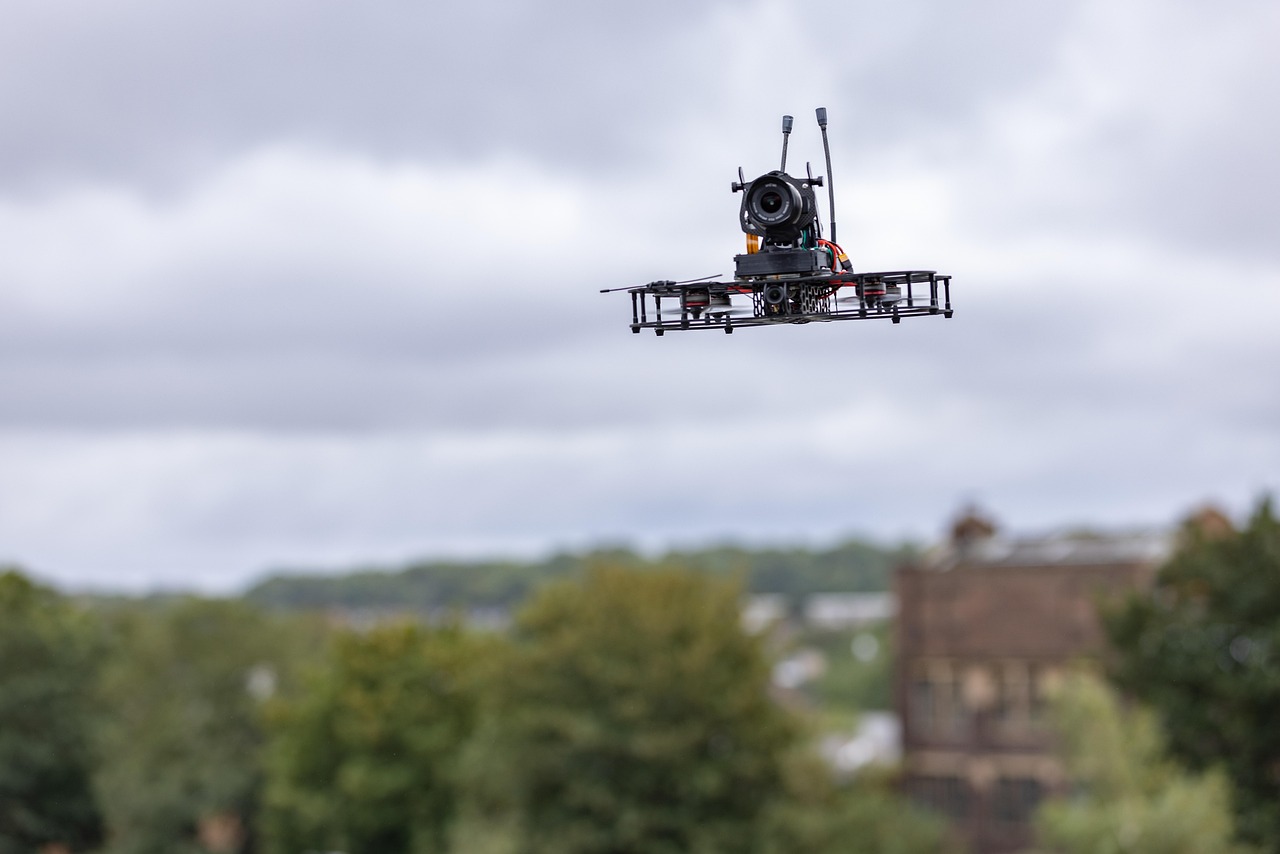 Tech
Tech 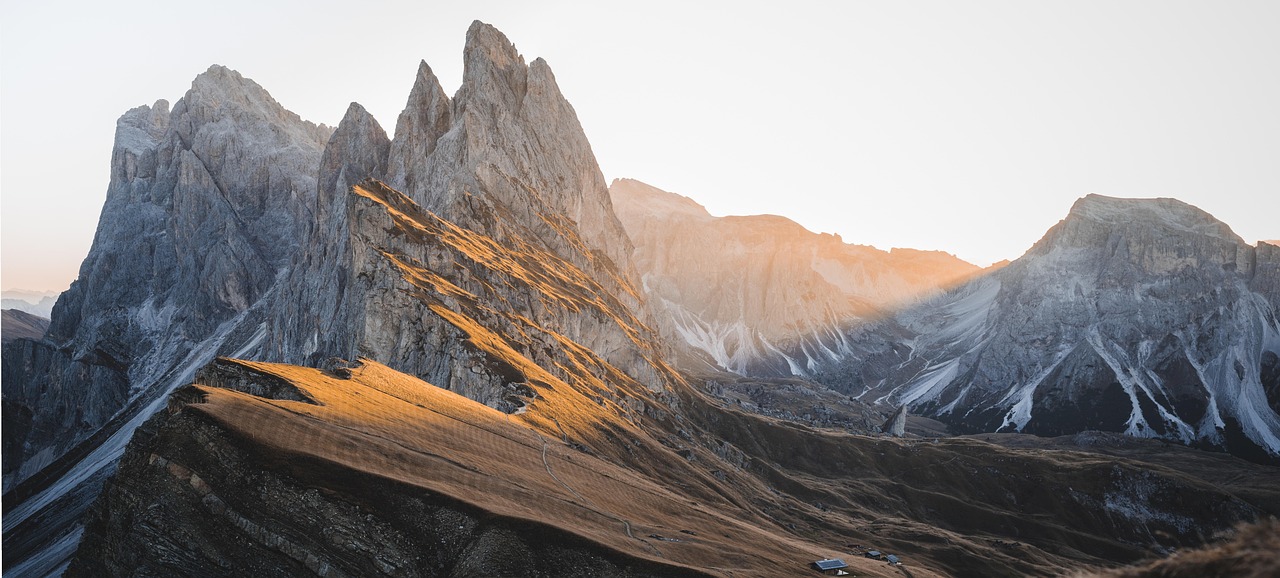 Travel
Travel  Food
Food  Education
Education  Parenting
Parenting 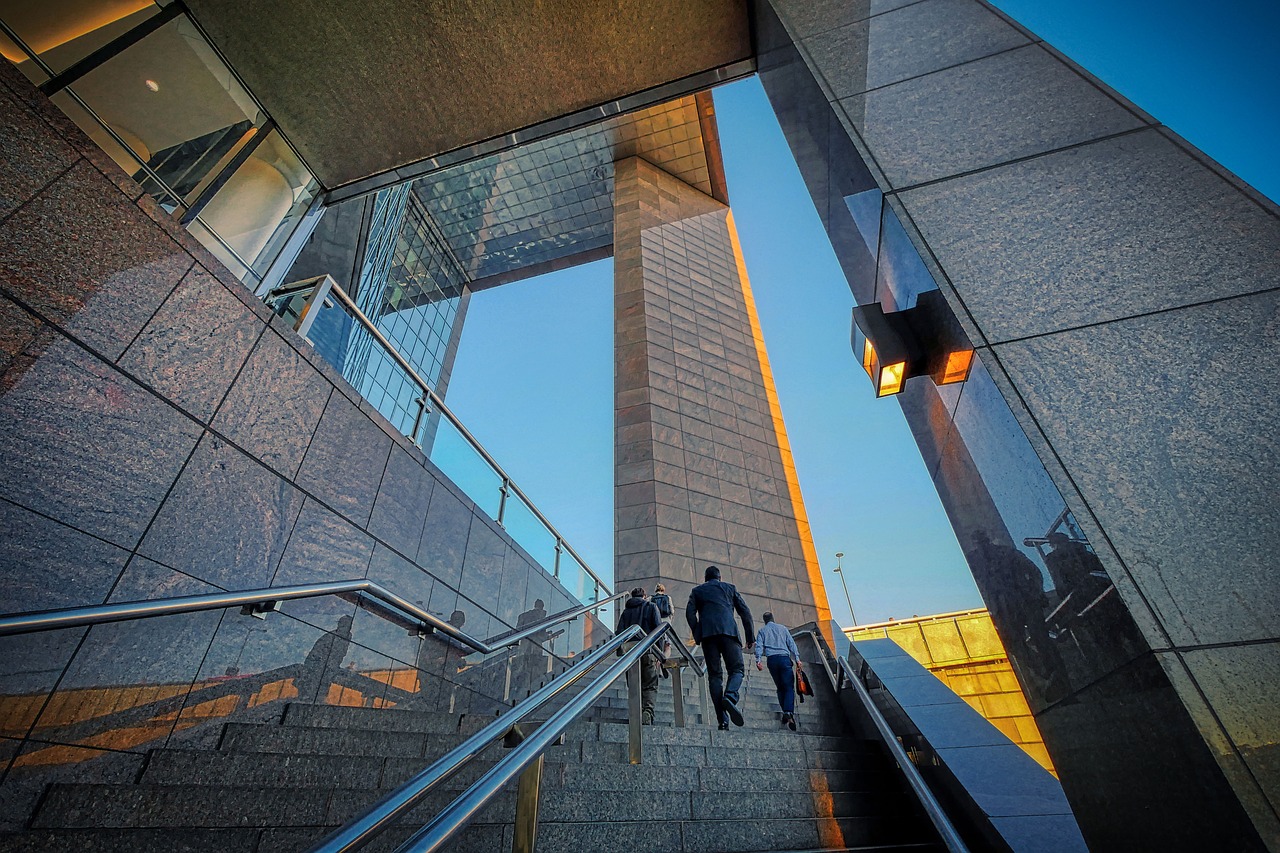 Career & Work
Career & Work  Hobbies
Hobbies 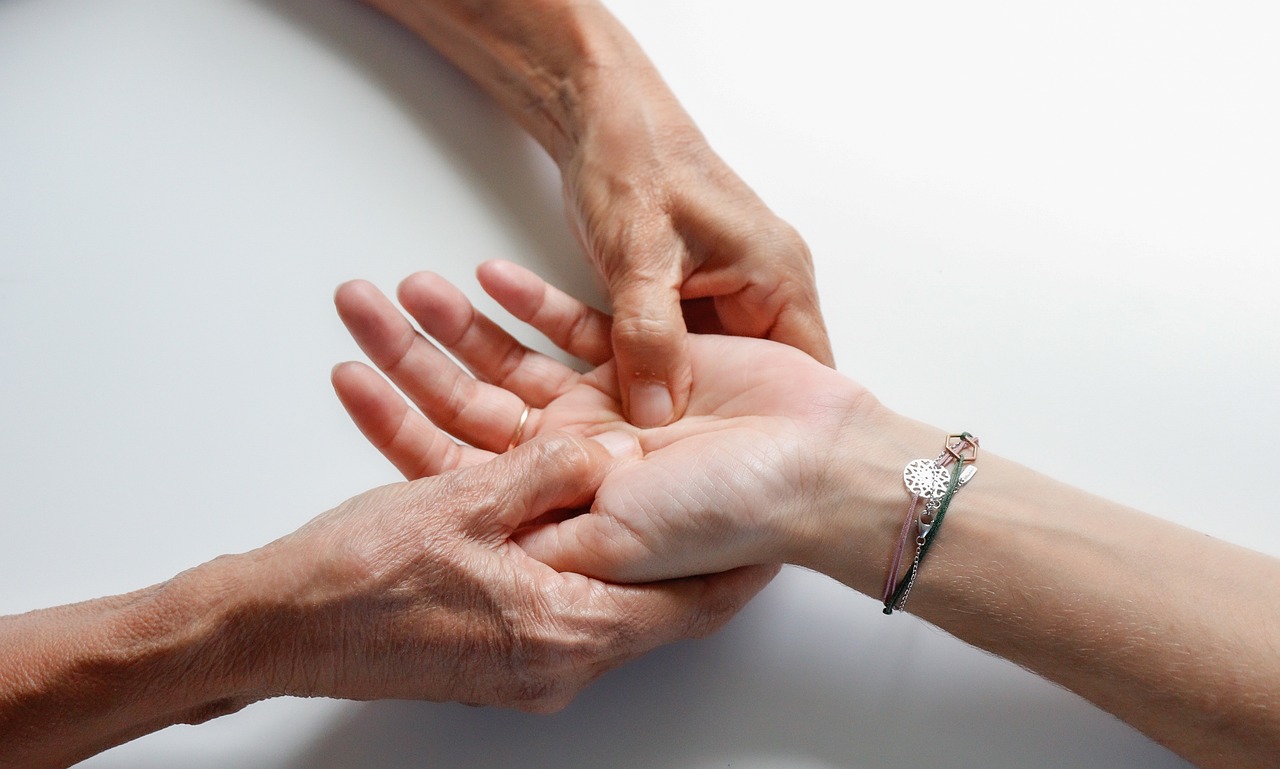 Wellness
Wellness  Beauty
Beauty  Cars
Cars  Art
Art  Science
Science  Culture
Culture  Books
Books  Music
Music  Movies
Movies  Gaming
Gaming  Sports
Sports  Nature
Nature  Home & Garden
Home & Garden 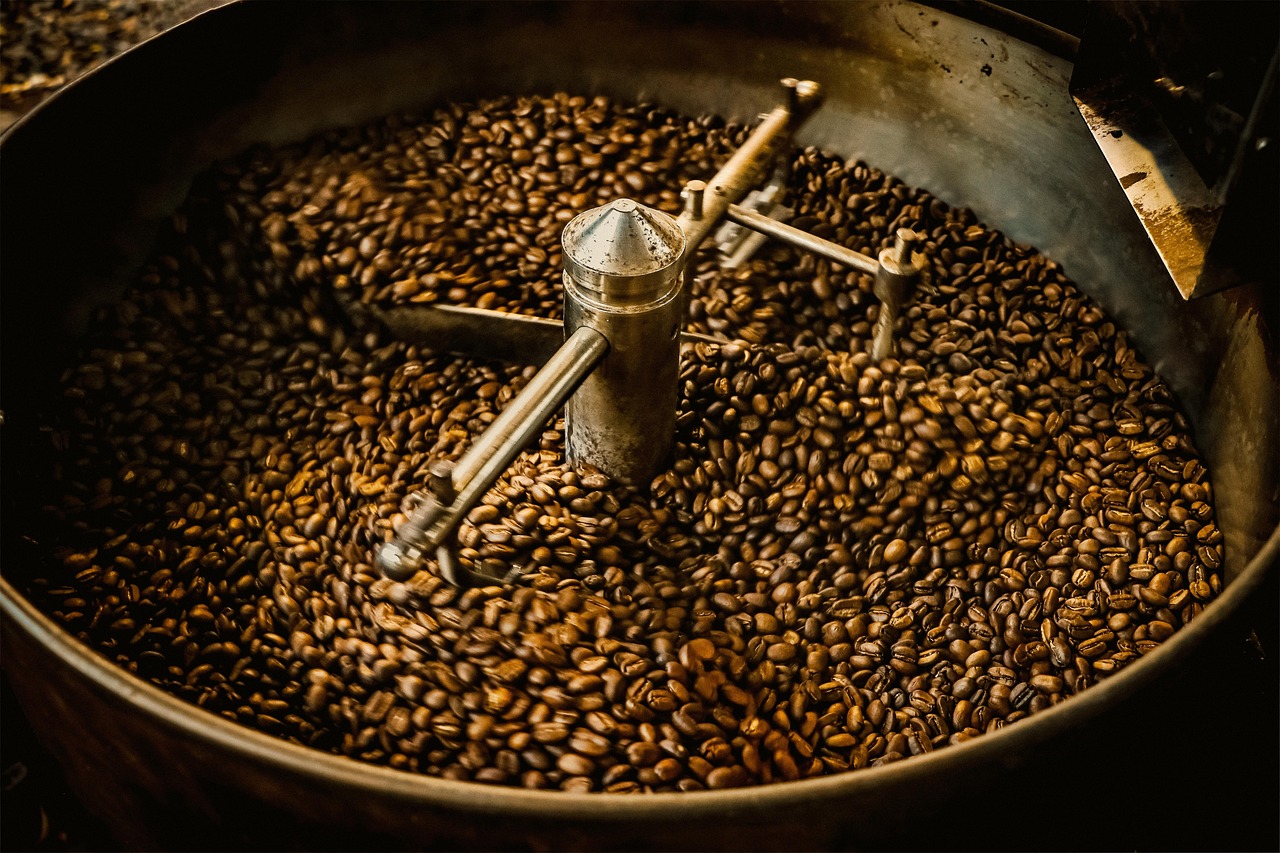 Business & Finance
Business & Finance  Relationships
Relationships  Pets
Pets  Shopping
Shopping  Mindset & Inspiration
Mindset & Inspiration  Environment
Environment 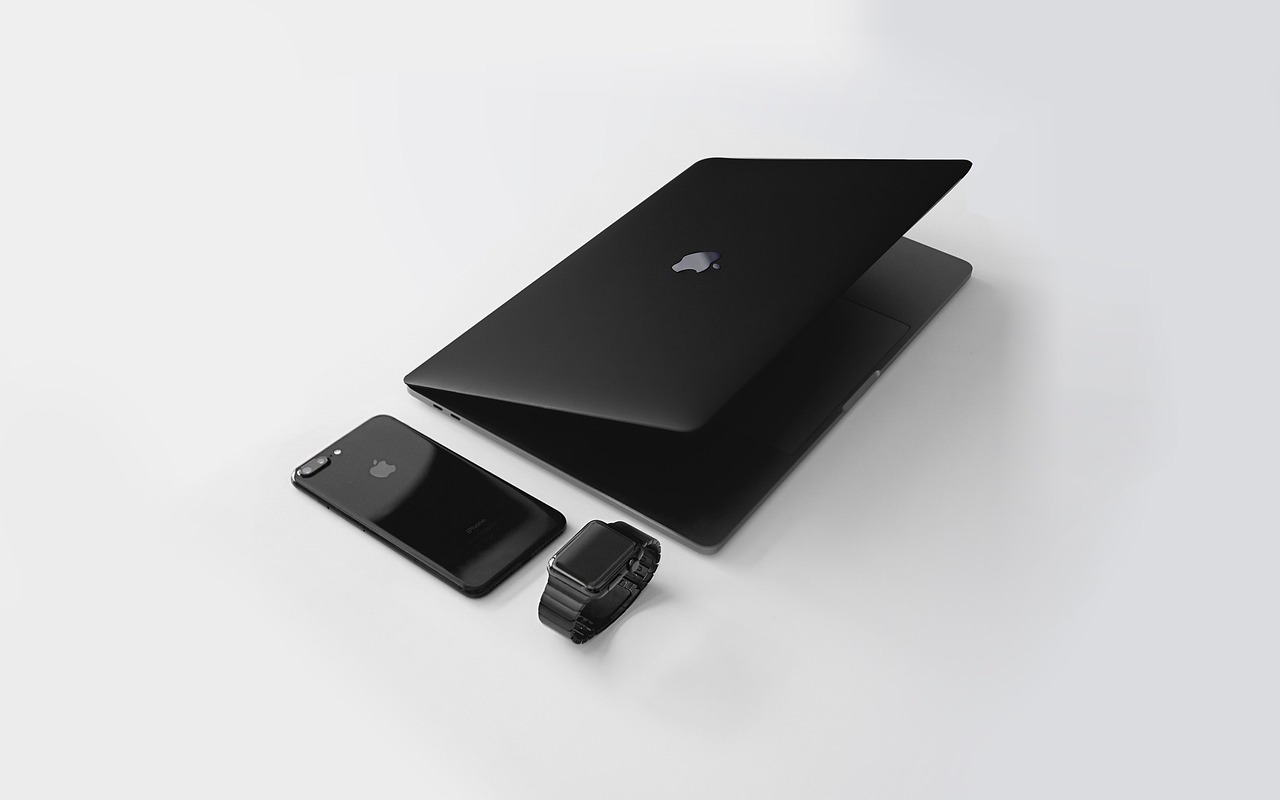 Gadgets
Gadgets  Politics
Politics 